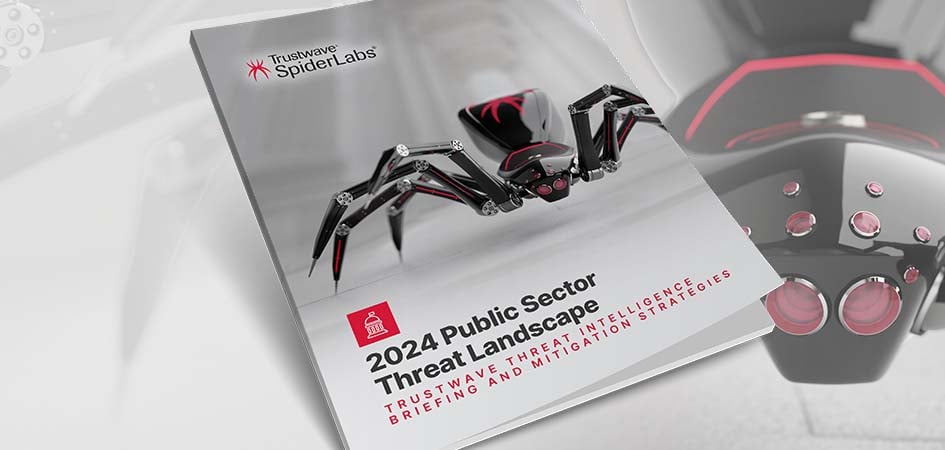Defining the Threat Created by the Convergence of IT and OT in Critical Infrastructure

Trustwave Research Reveals Cybersecurity Risks Threatening Patient Lives in Healthcare. Learn More
Get access to immediate incident response assistance.
Get access to immediate incident response assistance.
Trustwave Research Reveals Cybersecurity Risks Threatening Patient Lives in Healthcare. Learn More

Critical infrastructure facilities operated by the private and public sectors face a complex and continuously growing web of security threats that are compounded by the increasing convergence of information and operational technology (OT) in this area.
Trustwave SpiderLabs’ just released 2024 Public Sector Threat Landscape: Trustwave Threat Intelligence Briefing and Mitigation Strategies report highlights these challenges by disclosing how threat actors attack critical infrastructure and offers recommendations that operators can adopt to make their facilities more secure and resilient.
The convergence of IT and OT systems presents novel security hurdles. Many organizations erroneously assume their OT systems are immune to cyber threats due to being air-gapped, which has led to lax attitudes towards patching and updating legacy systems.
We can see the result of critical infrastructure operators worldwide being under-prepared from a security standpoint in the almost endless string of attacks that have recently taken place. The Center for Strategic & International Studies lists dozens of attacks against infrastructure and political targets. These include:
Trustwave SpiderLabs’ elite team of researchers noted in the report how the diverse nature of the entities involved in the ownership and management of these facilities, which range from small local utilities to federal agencies, impact their security preparedness.
Adding to the problem is many critical infrastructure systems are decades old and may or may not have been updated recently, often due to cost concerns, making them even more susceptible to attack. Finally, cybersecurity isn’t always a high priority for critical infrastructure owners; instead, ensuring the service remains available is job number one.
These systems are also interdependent, meaning a disruption in one sector, like power or water delivery, can have cascading effects on others, causing widespread outages and hardships for citizens.
Another side effect of the system’s age is that a facility tends to become a hodgepodge of non-standardized equipment, generally due to the plant being updated or added to over the years. This unwieldy creation is, in fact, a perfect example of how many critical infrastructure operators prioritize operational capacity over security. Using disparate parts and systems creates additional security gaps because they were not designed to work together but to enable the facility to continue operating.
Moreover, integrating IT and OT systems gives rise to fresh avenues for cybercriminals to exploit. Often, these systems lack proper segmentation, granting attackers unhindered movement within networks. Moreover, reliance on third-party vendors for services opens doors to security vulnerabilities, as these entities can be manipulated or compromised.
Furthermore, the escalating adoption of machine-to-machine communication in critical infrastructure introduces new concerns regarding physical security. Attackers can potentially exploit these automated systems. The merging of IT and OT systems compounds these risks, as they were not originally designed with robust security measures.
Here are just a few of the OT/IT security issues disclosed in the report:
The Public Sector report is just the latest in a series researched and published by Trustwave SpiderLabs. Please visit these for an in-depth analysis of the security issues facing each industrial sector.
Please download the 2024 Public Sector Threat Landscape: Trustwave Threat Intelligence Briefing and Mitigation Strategies for all the background details on these threats, the groups behind them, and how to properly defend your public sector organization.
Trustwave is a globally recognized cybersecurity leader that reduces cyber risk and fortifies organizations against disruptive and damaging cyber threats. Our comprehensive offensive and defensive cybersecurity portfolio detects what others cannot, responds with greater speed and effectiveness, optimizes client investment, and improves security resilience. Learn more about us.
Copyright © 2025 Trustwave Holdings, Inc. All rights reserved.